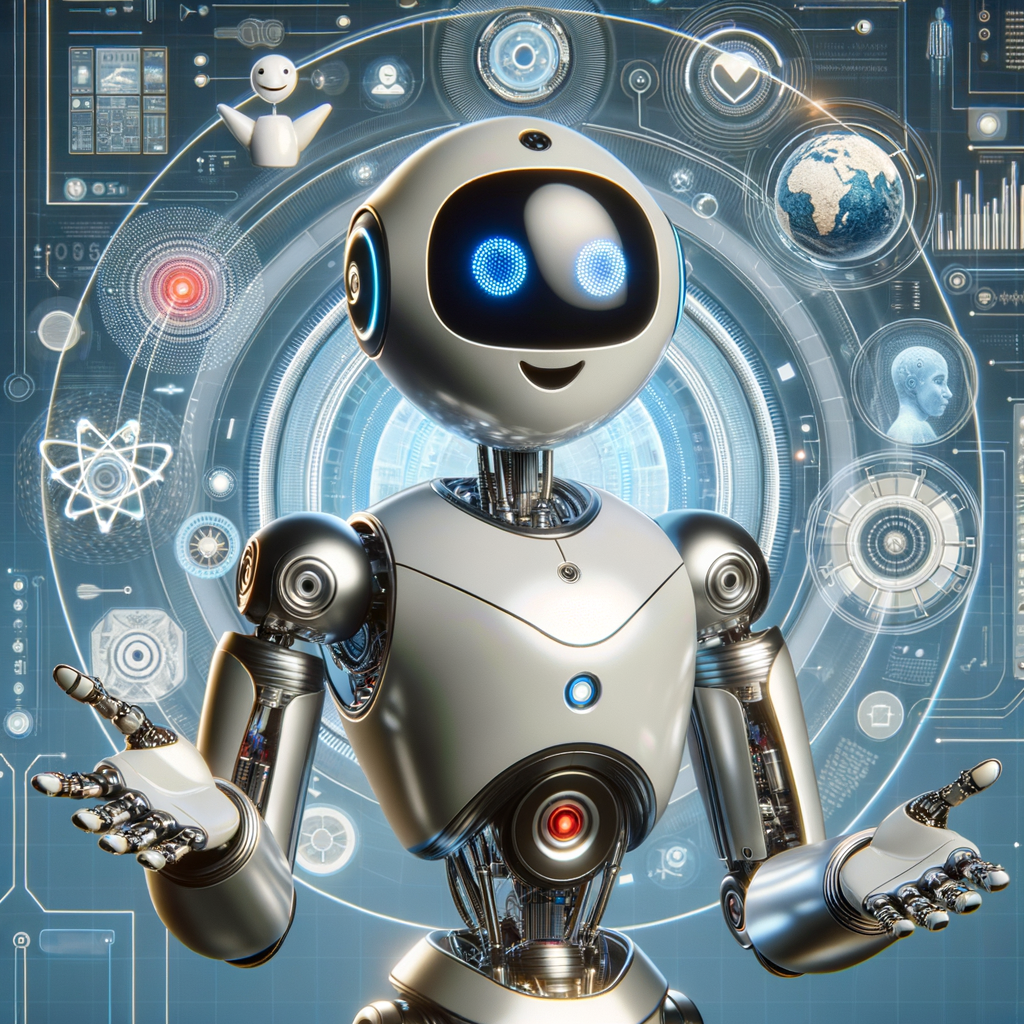Understanding the roots of fear and embracing the tech optimist perspective in an era dominated by technological advancements, artificial intelligence (AI) has emerged as a potent force shaping our daily lives. However, despite its undeniable potential, a lingering fear persists among people, we fear AI due to concerns about job displacement, ethical implications, loss of privacy, and potential misuse. The unknown consequences of rapid technological advancement contribute to apprehension, raising questions about control and the impact on society.
This article aims to unravel the reasons behind our apprehensions about AI, exploring its evolution, recent controversies, and demystifying its core technology – machine learning (ML). By understanding the inner workings of AI, we can transcend fear and embrace a more optimistic view of this transformative technology.
The Turing Test and Google's Duplex: How did Google's Duplex, capable of convincingly imitating a human voice, spark controversy and ethical concerns, leading to a reassessment of the project by Google, decades after the inception of Alan Turing's groundbreaking Turing test in 1950?
The journey of AI's development can be traced back to Alan Turing's groundbreaking imitation game, popularly known as the Turing test. This test, created in 1950, challenged the ability of machines to mimic human intelligence. Decades later, Google's Duplex stirred controversy when it showcased an AI system that not only passed the Turing test but also imitated a human voice convincingly. The public outcry surrounding Duplex highlighted ethical concerns, prompting Google to reassess its project.
The Evolution of AI: How is AI evolving post-Duplex with tools like ChatGPT and Bard, addressing public concerns about privacy restrictions?
Since the Duplex incident, AI technology has evolved, introducing tools like ChatGPT and Bard, which focus on functionality rather than human-like imitation. These tools position themselves as powerful aids without attempting to replicate human characteristics, avoiding the pitfalls of another Turing test that could potentially alienate users. However, public apprehension remains, as evidenced by Italy's national privacy watchdog imposing restrictions on AI chatbots like ChatGPT.
Machine Learning: the engine of AI: How does machine learning demystify AI? In this analogy, how does ML, the engine, underscore its essential, non-threatening role?
To comprehend AI's less intimidating aspects, it is essential to delve into machine learning (ML), a pivotal component of AI. Unlike AI, which encompasses the broad idea of machines mimicking human intelligence, ML specifically focuses on teaching machines to perform tasks and improve their performance through data analysis. The analogy is drawn between AI being a car and ML serving as its engine, emphasizing the essential, non-threatening nature of ML.
Augmented Reality and the Integration of AI: How does AI contribute to augmented reality's success, integrating digital objects seamlessly into the physical world, and overcoming fears associated with AI applications?
A significant contributor to overcoming AI fear lies in understanding its applications, particularly in technologies like augmented reality (AR). AR's success is intertwined with AI and ML, as they collaborate to analyze data from sensors in smart glasses and mobile devices. This data processing, often referred to as mapping, enables the seamless integration of digital objects into the physical world. AI's pattern recognition capabilities further enhance efficiency in various domains, such as optimizing worker behavior in industrial settings.
AI as a Friend, Not a Foe: How can understanding AI's transformative potential in chatbots, games, search engines, and AR shift our perspective from fear to acceptance? What role does embracing AI as an enhancer of capabilities play in navigating the evolving technological landscape?
With a comprehensive understanding of AI and its applications, the narrative shifts from fear to acceptance. It becomes evident that the perception of AI as a threat is influenced by how these technologies are communicated and marketed. By recognizing the transformative potential of AI in applications like chatbots, games, search engines, and AR solutions, individuals can foster a more optimistic perspective. Embracing AI as a tool that enhances our capabilities, rather than fearing its perceived threats, is key to navigating the evolving technological landscape.
Just so we know, the fear surrounding AI is rooted in a lack of understanding and misconceptions. By demystifying AI, recognizing the pivotal role of machine learning, and appreciating its applications in technologies like augmented reality, individuals can overcome fear and embrace a tech optimist perspective. Just as skepticism accompanied past technological advancements, the evolving nature of AI demands informed evaluation and an open-minded approach. After all, would we prefer our world to be powered by outdated technologies, or should we strive for progress and innovation in the ever-changing technological landscape?




Comments